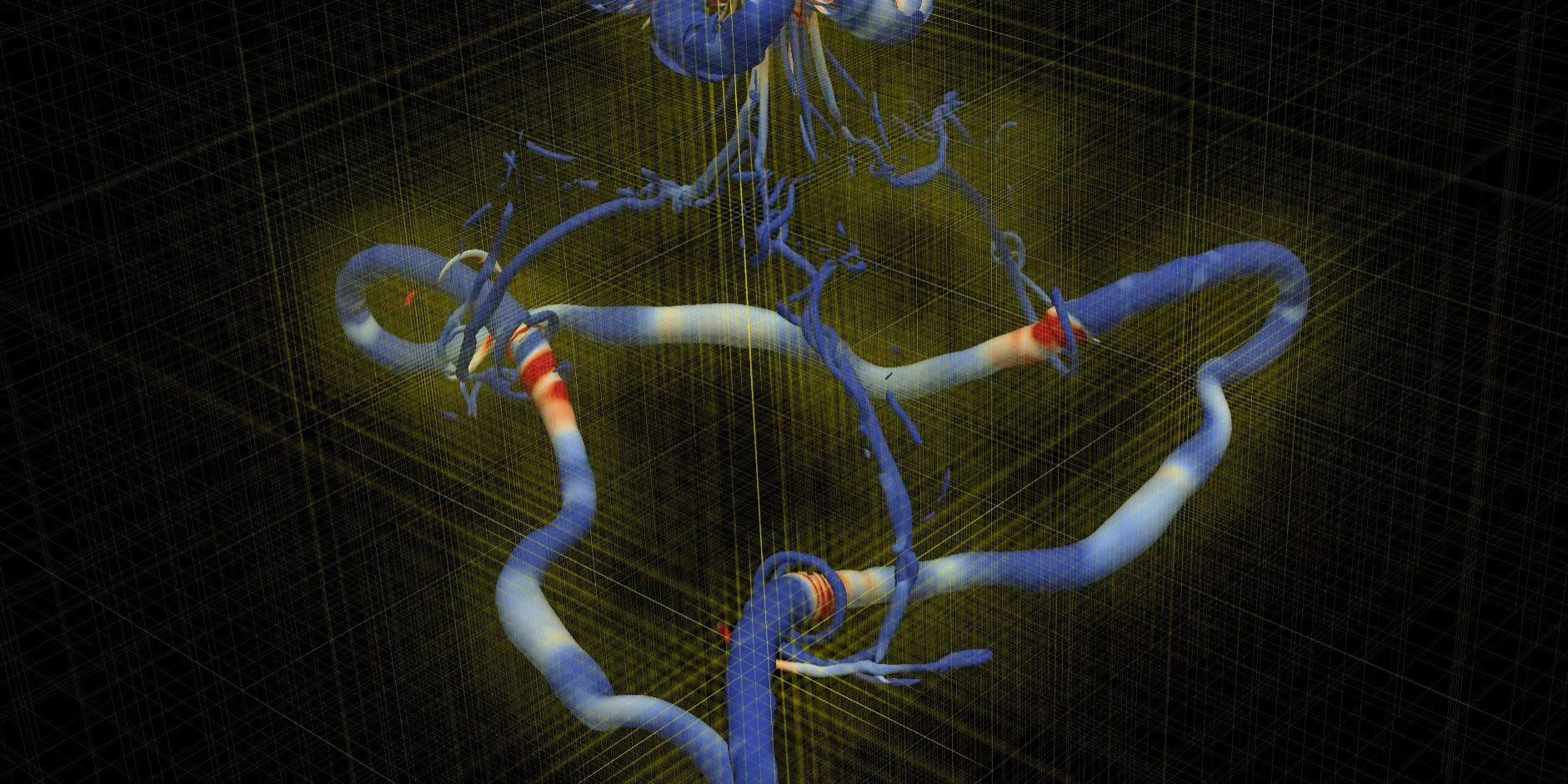RESEARCH TRIANGLE PARK, N.C. — Design of Army aerial vehicles and weapon systems relies on the ability to predict aerodynamic behavior, often aided by advanced computer simulations of the flow of air over the body. High-fidelity simulations assist engineers in maximizing how much load a rotorcraft can lift or how far a missile can fly, but these simulations aren’t cheap.
The simulations that designers currently use require extensive data processing on supercomputers and capture only a portion of vortex collision events – which can cause significant performance degradation, from loss of lift on a rotor to complete loss of control of a munition. A new turbulence model could change that.
The U.S. Army Research Office, an element of the U.S. Army Combat Capabilities Development Command, now known as DEVCOM, and Army Research Laboratory, funded researchers at Purdue University to advance a turbulence model known as the Coherent-vorticity-Preserving Large-Eddy Simulation (CvP LES). Published in the Journal of Fluid Mechanics, the new methodology simulates the entire process of a vortex collision event up to 100 times faster than current state-of-the-art simulation techniques.
The model can be used to simulate vortices over any length of time to best resemble what happens around an aircraft. For instance, as a rotor blade moves through the air, it generates a complex system of vortices that are encountered by the next blade passage. The interaction between the blade and the vortices can lead to vibration, noise, and degraded aerodynamic performance. Understanding these interactions is the first step to modifying designs to reduce their impact on the vehicle’s capabilities.
In this study, researchers simulated the collision events of two vortex tubes called trefoil knotted vortices. This interaction shares many common features to the vortices often present in Army applications. Simulating the evolution of the collision requires extremely fine resolution, substantially increasing the computational cost.
The methodology relies on clever techniques that balance cost and accuracy. It is capable of rapidly detecting regions of the flow characterized by fine turbulent scales and then determining, on-the-fly, the appropriate numerical scheme and turbulence model to apply locally. This also allows computational power to be applied only where most needed, achieving a solution with the highest possible fidelity for a given budgeted amount of computational resources.


